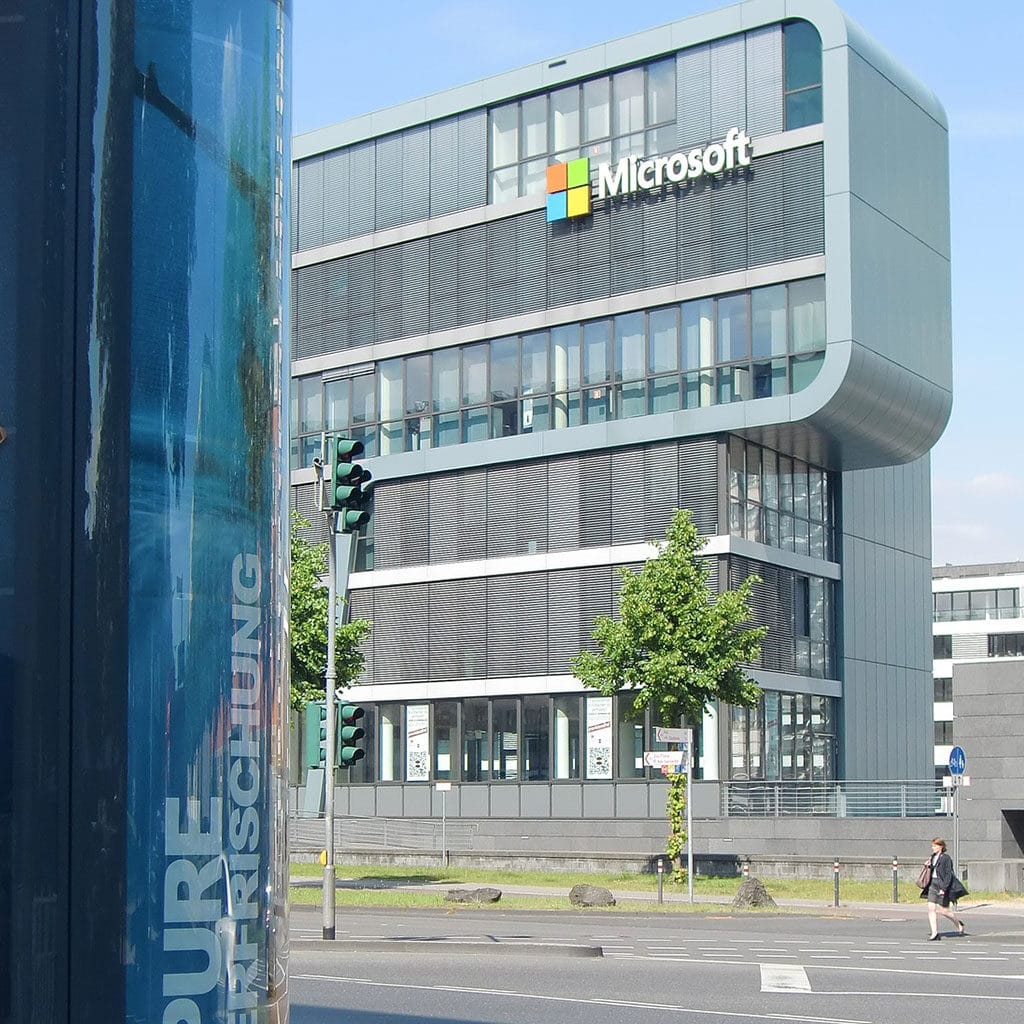Windows 10 is the most widely used operating system in the world, and it is important to know how to reinstall it properly if you ever encounter any problems. The process of reinstalling Windows 10 can appear intimidating, but it is actually a straightforward task. This guide will provide step-by-step instructions on how to reinstall Windows 10.
How to backup Windows 10
Backing up your files is extremely important when it comes to making sure that your irreplaceable photos, home movies, and other important documents don’t get lost forever. Thankfully, Windows 10 provides the File History tool that allows you to easily back up your data on an external USB drive or network share.
To access File History, simply click Start > Settings > Update & Security > Backup. Once you’re there, you can go through the step-by-step instructions to set it up and start backing up your data securely. With the Windows 10 April 2018 update, Timeline now offers automatic backup for content from libraries, contacts, favorites, and other data points for those who choose to use the feature. With these tools at your disposal, you can make sure that none of your priceless moments are ever lost again.
Connecting a Windows 10 key to a Microsoft account is a viable option
Having a valid Windows 10 product key is essential for the running and maintenance of the operating system. In order to ensure that the product key remains linked to your Microsoft account, it is important to link it before you start utilizing the system. This will enable Windows 10 to be re-activated automatically if you ever need to reinstall or upgrade.
If you’ve upgraded from an older version such as Windows 7 or 8, chances are that there won’t be a product key associated with the device. Head over to settings > update & security > activation to check whether Windows has been activated with a digital licence but not connected to your Microsoft account. If this is indeed the case, linking your Windows 10 product key with your Microsoft account should be relatively straightforward and done in no time!
How to reinstall Windows 10
Reinstalling your Windows 10 operating system is a great way to keep your computer running smoothly and efficiently. Whether you’re looking to give your PC a brand new start, or just want to make sure it’s up-to-date, here’s how to reinstall Windows 10 quickly and easily.
First and foremost, open the settings app by selecting the cog icon in the bottom left-hand corner of the Start menu. From there you can select Update & Security > Recovery > Get Started under ‘Reset this PC’. This will open a pop-up window – click ‘Keep my files’ for a clean wipe of all application data stored on your device but ensuring that any personal files (documents, music etc.) remain untouched. You have two setup options from this screen: downloading from an online source (which we recommend unless you’re working with extremely slow internet speeds) or reinstalling from existing files found on your device. Lastly, be sure to select ‘Change settings’ if/when necessary in order to ensure that each update step runs smoothly as intended!
Steps to reinstall windows 10
1. Back up your important data and files. Before you start the process, make sure to back up all of your important data and files to an external hard drive or cloud storage service. This will ensure that you don’t lose any important information during the reinstallation process.
2. Get the installation media. Visit Microsoft’s website and download the Windows 10 installation media tool on a USB drive or DVD disc. Make sure to select the correct version of Windows 10 for your device (Home, Pro, or Education).
3. Start the installation process. Insert the media into your computer and restart it while pressing a key that allows you to boot from removable media (usually F12). Select “Install Now” when prompted by setup and follow all of the instructions provided by Windows 10’s installation wizard until completion.
4. Activate Windows 10 with a valid product key. After completing the installation process, you should be able to use Windows 10 without any issues as long as you have a valid product key associated with your device/PC manufacturer.
5. Restore your personal data and settings from backup media if needed. Once everything is set up correctly, you can restore any personal data and settings from your backups if necessary before starting to use Windows 10 again normally!
Instructions for conducting a complete reinstallation of Windows 10
Reinstalling Windows 10 can be a time consuming and intimidating process, but thankfully Microsoft has made it simpler than ever. All you need to do is open Settings > Update & Security > Recovery and then select ‘Get started’ under ‘Reset this PC’. When prompted, choose the option to ‘Remove everything’, which will perform a full reinstall of the operating system.
However, if Windows fails to load, you may be presented with the troubleshooting screen instead. This can also be accessed by using your recovery drive if one was created. Here you should select ‘Troubleshoot’ and then ‘Reset your PC’ to start the reinstall process. You should now be on track for a fresh installation of Windows 10 with all of its settings re-established including firewall protection and any default programs.
1. Restore settings
Restoring settings is a useful feature if you are switching to a new device or updating an existing one. To restore settings, you’ll need to log into your Microsoft account, which will bring up all the settings and applications that have been previously synced with that account. This includes preferences like browser homepage and color schemes, as well as any applications you’ve purchased or downloaded from the Microsoft Store.
Once your account is logged in, you’ll need to verify it on the device before the settings can be restored. You can do this by going to Start > Settings > Accounts > Your Account, and clicking the ‘Verify’ link there. Doing so will present you with a code that needs to be entered into your Microsoft account page in order to add this computer back into your trusted list of devices. Once verified, all of your synced settings and installed apps will be restored onto your computer – easily and quickly setting up your new device just how you like it!
2. Restore apps
Restoring apps on Windows is a simple task that can be completed within minutes. The process begins by opening the Windows Store and navigating to the My Library section. Here, users can see all previously installed apps as well as their associated settings. To restore an app, simply hover over its tile and click the download button; this will initiate the installation process. Once complete, it’s important to navigate back to the Downloads tab of the Store and update any built-in apps with available updates.
Doing this helps ensure that both downloaded and pre-installed applications are running the most up-to-date versions, with any newly added features or bug fixes included. It also helps keep system performance stable by eliminating outdated code that may conflict with newer versions of software or programs. Taking a few extra moments to periodically check for new updates in each app’s My Library page is worth it to maintain peak performance and security of your Windows system.
3. Restore files
Restoring files with File History is a quick and easy process, perfect for getting back lost or accidentally deleted files. To begin, make sure that your back-up device is plugged in and then click on the Start menu followed by ‘Settings’, ‘Update & security’ and finally ‘Backup.’ From here you can select one of your prior backups and click the Add a drive to attach it to your computer. Next, be sure to select ‘More Options’ and choose ‘Restore files from a current backup’ under the available options.
Once this is selected, File History will automatically begin restoring any missing or deleted files associated with the backed up versions of your data. To hasten the process further, you can access further options when setting up the restore through clicking on the settings cog at the top toolbar and selecting ‘Restore.’ With these few simple steps, you will soon have all of your previously backed up data recovered onto your system ready for use. Be patient however as this process does require some time for each file or folder to be restored successfully.
Speed up future Windows reinstalls
Reinstalling and setting up Windows can be a long and tedious process. To save yourself time, create a perfect recovery image that you can use the next time you need to reinstall Windows. After reinstalling the base OS, reinstall your key programs and configure them to your liking. Once you have everything just the way you want it, make sure that your File History backup is up to date before launching Macrium Reflect Free in order to take a new drive image. Follow the prompts to create a recovery CD or USB stick so that it’s ready for when you need it. The advantage of this approach is that all your preferences will already be configured and all you’ll need to do next time is bring Windows and your apps up to date, as well as the installation of any additional programs from that point onward. Make sure to create a new drive image every now and again before restoring your File History backup in order to ensure that any changes are included in the backup for optimal performance whenever you restore it again.
Advantages of utilizing a bootable USB to install Windows
One of the most effective ways to reinstall or install a new version of Windows on your computer is through a bootable USB. By having the necessary installation files ready beforehand, you can easily start the process and get your system up and running in no time. Not only does this save you time and hassle, but it also gives you flexibility if you’re upgrading/downgrading and don’t want to risk losing any data from your previous version.
A bootable USB offers several advantages over other installation media such as DVDs or CDs. For one, a USB drive is much smaller, meaning that it’s easier to carry around with you and have a backup wherever you go. Furthermore, depending on the speed of your USB device, it’s likely to be faster than using discs for installation as data transfer rates are generally much quicker when working with USBs. Lastly, if problems arise with installation, creating a bootable USB makes troubleshooting much simpler due to any issues being confined within the confines of the USB without having to tamper with hardware components like optical drives.
Does reinstalling Windows delete everything?
Reinstalling Windows 10 can be a good option when needed, however it is important to understand that every situation may not be the same. Reinstalling Window can solve some issues such as registry problems, program incompatibility or virus attack but it may not work for all issues that arise. There could also be various unforeseen issues that may require resetting your PC.
When resetting your PC or reinstalling Windows 10 it is important to know that all data on the drive you are reinstalling Windows on will be erased resulting in completely restoring your PC to its original factory state. All data, including installed programs and user files will be deleted. In order to keep personal files intact, users should back up their data onto an external hard drive or other storage device prior to resetting or reinstalling Windows 10 so they can be restored afterwards.



